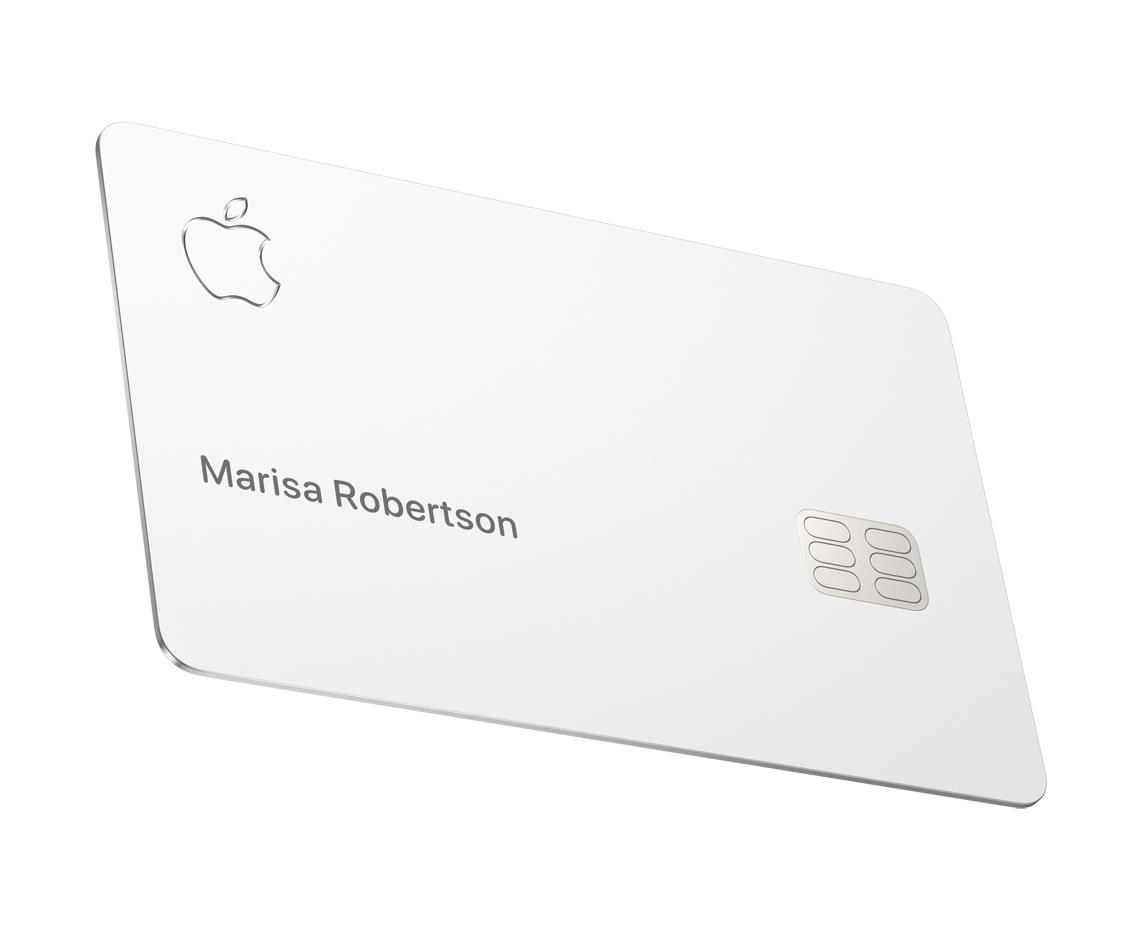Recent reports indicate that Goldman Sachs is allegedly seeking to terminate its financial partnership with Apple. According to a recent paywalled report from The Information, details have emerged regarding what led to the breakdown of the once-promising relationship between both companies.
Before the launch of the Apple Card in 2019, various challenges arose due to atypical demands made by Apple, which caused development issues. Among these demands were billing statements aligned with the calendar month in addition to demanding unorthodox designs for the physical card and customer agreements. These unique requirements posed significant hurdles during the development process. Despite Goldman Sachs partnering with Apple for almost all of its fintech services including the Apple Card, Apple Savings account, and Apple Pay Later, the bank is reportedly still losing a considerable amount of money, even with a reported 10 million Apple Card users.
The report also points out significant cultural clashes that likely soured the relationship early on between Apple and Goldman Sachs. According to The Information, executives underestimated the challenges of integrating Apple’s West Coast tech-oriented approach with Goldman’s traditional New York-style banking culture. While Apple’s primary focus is to create a sleek and technologically impressive product to attract and retain customers, Goldman placed a higher emphasis on regulatory compliance and ensuring profitability.

Discover new horizons, always connected with eSIM
Travel the world stress and hassle-free with the best eSIM service available. Enjoy unlimited data, 5G speeds, and global coverage for affordable prices with Holafly. And, enjoy an exclusive 5% discount.
The Information relays an ironic tidbit involving the Apple Card, one that saw Apple CEO Tim Cook unable to get through the credit card’s application process. According to the report, Apple engineers and Goldman Sachs employees worked nonstop around the clock to find a solution for Cook, who was getting repeatedly rejected for the credit card due to his sensitive profile which could be the target of fraud. Ultimately, Goldman Sachs tinkered with its underwriting system, providing Cook with a one-off exception that finally saw him receive his Apple Card.
As reported before, Goldman Sachs is looking for an exit parachute from its Apple Card agreement and consumer banking altogether. While the bank initially intended to transfer its Apple partnership to American Express, an obstacle arose due to a pre-established deal that mandates that the Apple Card must operate on Mastercard’s network until 2026. Since American Express operates on its own payment network, this poses a challenge to the transition. Additionally, any new partner for the Apple Card needs approval from Apple, and the report believes that only a few companies would be willing to accept Apple’s terms, making the situation more complex for Goldman Sachs.
One potential option for Apple is to collaborate with a lesser-known bank, allowing the bank to handle the regulatory aspects while Apple takes over responsibilities such as underwriting, fraud prevention, and customer service. However, it remains uncertain if this approach will be pursued. The report indicates that the future of the partnership between Apple and Goldman Sachs is doubtful, and the dissolution process might take as much as 18 months to complete. As of now, the final outcome and arrangements are still unclear.



